|
1. Objectives
Although the longitudinal ventilation system in road tunnels needs less cost than others, all the exhaust gas from vehicles in the tunnel goes to one of the portals when it has one-way traffic, which causes environmental problems around the portal.
One countermeasure for that is to lead a part of the exhaust gas to a vertical shaft with guide vanes built in the tunnel near the portal (see Fig. 1).
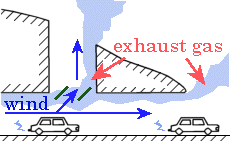 Fig. 1 the exhaust with guide vanes We have made it clear by the simulations how the shape and the number of guide vanes affect its efficiency.
2. The numerical analysis
We set a 3-dimensional region for simulations shown in Fig. 2, including a rectangular cross sectioned tunnel, a vertical shaft with guide vanes near the portal and large spaces to release the exhaust, and then, repeated the simulations with various shapes and the numbers of guide vanes.
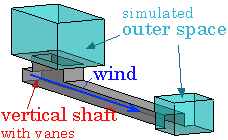 Fig. 2 analyzing region 3. Ratio increased by guide vanes
As results of simulations with various types of guide vanes, we found that they work not only as deflecting the airflow but also as inducing the airflow to the shaft.
Fig. 3 shows an example of effect by guide vanes: Although they don’t stick out of the roof of the tunnel, the amount of exhaust gas through the shaft makes double by them (expressed by the ratio).
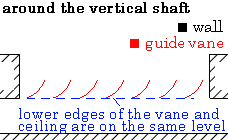 |
| without vanes |
with vanes |
| 12.1% |
25.2% |
Fig. 3 The effect of guide vanes
|
4. Reason of ratio increase
After making a lot of simulations, we noticed that the exfoliation caused by the longitudinal airflow increases the negative pressure at the lower edges of guide vanes (see Fig. 4). We think this negative pressure induces the airflow into the vertical shaft.
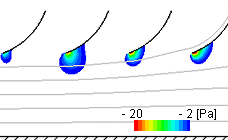 Fig. 4 Induction by the pressure However, relationship between vanes and airflow keeps changing with time, so that these phenomena always show transient mode (see Fig. 5).
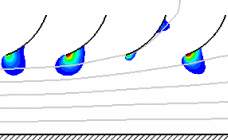 Fig. 5 transition negative pressure Besides that, since the negative pressure depends on the velocity of the longitudinal airflow, it increases at the center of the tunnel where the velocity is large, and decreases on both wall-sides, which result in concentrating the airflow to the center (see Fig. 6).
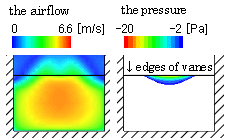 Fig. 6 Distribution of flow , pressure 5. Summary
Guide vanes at the entrance of a vertical shaft work not only as deflecting the airflow but also inducing it to the vertical shaft by an aerodynamic force. However, since these phenomena are 3-dimensional and keep transient mode, we have to make the simulations for each case.
By repeating the simulations, we have found a specification of guide vanes where 57% of the airflow leads to the vertical shaft for a specific actual tunnel.
We can also involve the influence of traffic into these simulations.
|

